On August 20, 1944, the Soviet Second Ukrainian Front, under the command of General Rodion Malinovsky, and the Third Ukrainian Front, under the command of General Fyodor Tolbukhin, launched a two pronged attack against German Army South Ukraine, under the command of Field Marshal Johannes Friessner. Malinovsky and Tolbukhin quickly destroyed the Third and Fourth Romanian armies that guarded the flanks of the German Sixth Army, under the command of General Maximilian Fretter-Pico. By August 23, the German Sixth Army had been surrounded by the two converging Soviet fronts. German air support was nowhere to be found, because it had been eliminated by the United States Fifteenth Air Force, under the command of Major General Nathan Twining. Once again the German Sixth Army was surrounded.
This was not the Battle of Stalingrad, it was the Second Jassy-Kishinev Offensive in Romania. While it does not receive a lot of attention, the offensive was one of the most successful joint operations of the war. It was quite an achievement, considering this was only the second time that the Americans and Soviets worked together. Yet, you would have to look hard to find literature on the offensive. Perhaps it is time to give the Second Jassy-Kishinev Offensive the attention it deserves.
By August 1944, the situation on the Eastern Front for the Axis had reached a full-blown crisis. Starting on June 23, the Soviets carried out Operation Bagration. Four Soviet fronts crashed into German Army Group Center, completely dismantling the organization. Three German armies were annihilated and German Army Group North was cut off from Germany. The Germans were scrambling.
While the Soviets were in the midst of steamrolling German Army Group Center, the southern end of the Eastern Front was a different story. Axis forces had repelled the Second and Third Ukrainian Fronts in their first invasion of Romania during the First Jassy-Kishinev Offensive, which took place from April 8 to June 6, 1944. After the campaign, the Wehrmacht became convinced that the next major Soviet offensive was going to occur in southeast Europe. They poured considerable resources into the defense of Romania. Romania’s air space was defended by German Luftflotte IV, commanded by Colonel General Otto Dessloch. Ground forces included two army groups. Army Group Dumitrescu, under the command of Romanian Colonel General Petre Dumitrescu, covered the east flank to the Black Sea. Deployed to its west was Army Group Wöhler, under the command of Colonel General Otto Wöhler. These two army groups formed Army Group South Ukraine. In total, Army Group South Ukraine had 905,000 Axis troops along with 170 tanks and assault guns.
In the air, joint Soviet and American intelligence concluded the Germans had concentrated over 1,000 aircraft in Romania. On June 6, 1944, the Fifteenth Air Force began an air suppression campaign with an attack on the Galati airfields, destroying eight German aircraft on the ground and damaging another 11. On July 22, 1944, the 306th Fighter Wing attacked five airfields in the area: Zilistea, Buzau, and three satellite fields. The Americans destroyed 41 airplanes on the ground and another 15 in the air at the loss of five P-38s. In another sweep on July 26, American fighters strafed Galati and Zilestea. This led to an air battle with German fighters that resulted in 20 German fighters being shot down at the loss of two P-38s. On August 2, the Soviets requested more attacks against Axis airfields. This led to more fighter sweeps against airfields at Focsani, Cariova, and Ploesti. Additionally, the Fifteenth Air Force attacks on the Ploesti refineries that summer had reduced the combat strength of Luftflotte IV. In April 1944, Axis aircraft had deployed between 200 and 255 aircraft around Bucharest and Ploesti. By August, only 40-45 Axis aircraft remained. Luftflotte IV was no longer a factor.
On August 20, the Soviet Second and Third Ukrainian Fronts kicked off their attacks with 1,314,200 men supported by 1,874 tanks and assault guns. Malinovsky’s Second Ukrainian Front struck the Fourth Romanian Army between Târgu Fromos and Jassy. Soviet forces quickly broke through and Malinovsky sent in his exploitation force, the Sixth Tank Army. They drove deep behind Romanian lines threatening to cut off the German Sixth Army.
The Third Ukrainian Front had even greater success. The Third Ukrainian Front struck out from its bridgehead across the Dniester River hitting the Third Romanian Army. By August 24, the Third Ukrainian Front’s Forty-Sixth Army had surrounded the entire Third Romanian Army. The following day the Third Romanian Army surrendered.
This left the four corps of the German Sixth Army encircled by two Soviet fronts for the second time in the war. On August 23, a new enemy appeared in the rear of the Sixth Army in the form of King Michael I of Romania. Romania had been under the control of fascist Prime Minister Ion Antonescu. In a coup, Michael overthrew the Antonescu regime and declared for the Allies, prompting Romanian forces to switch sides. This led to fighting in Romania’s capital of Bucharest between German and Romanian forces. Ultimately, Romanian forces prevailed. This effectively guaranteed the destruction of the German Sixth Army. By September 2, it was all over. The Germans had lost the Sixth Army and Romania.
The Second-Jassy Kishinev is one of the best examples of joint operations. Soviet ground forces aided by the Fifteenth Air Force destroyed Army Group South Ukraine. Also, Germany had lost their most important allies at that point in the war, the Romanians. The Romanians had maintained two armies on the Eastern Front since Operation Barbarossa started on June 22, 1941. Most importantly though, the Germans had lost their access to Romanian crude oil. This loss created a massive oil crisis in Germany that was felt at every level of the military. An offensive this successful and strategically important deserves greater attention from historians.
Meet the Author
Luke Truxal is an adjunct at Columbia State Community College in Tennessee. He completed his PhD in 2018 from the University of North Texas with his dissertation "Command Unity and the Air War Against Germany." Luke received the Outstanding Dissertation in Military History award from the University of North Texas. His previous publications include “Bombing the Romanian Rail Network,” in the Spring 2018 issue of Air Power History. He has also written “The Politics of Operational Planning: Ira Eaker and the Combined Bomber Offensive in 1943” in the Journal of Military Aviation History. His most recent article, “Attacking Refugees for Military Effect during the First Iasi-Kishinev Offensive,” can be found on the website From Balloons to Drones, a scholarly web journal for air power historians.
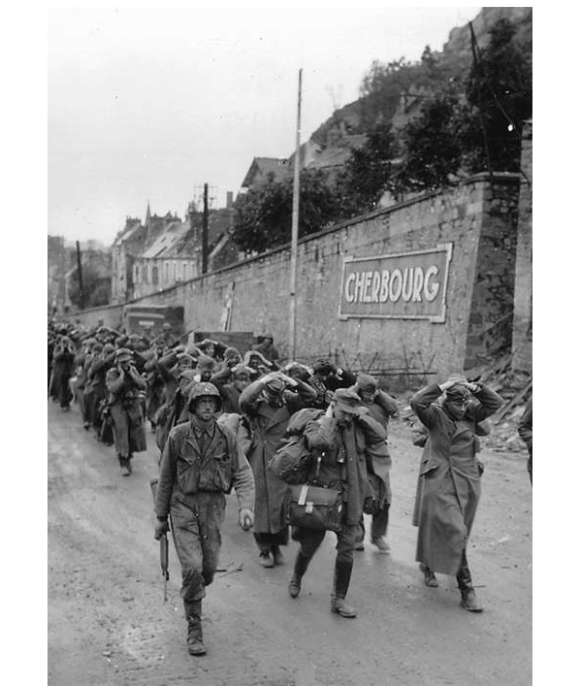
Forgotten Fights: Assault on Fortress Cherbourg, June 1944
The US 79th Infantry Division led the way in assaulting Cherbourg’s Fort du Roule on June 25, 1944, and two Americans would receive Medals of Honor for their heroic conduct.
Cite this article:
MLA Citation:
APA Citation:
Chicago Style Citation:
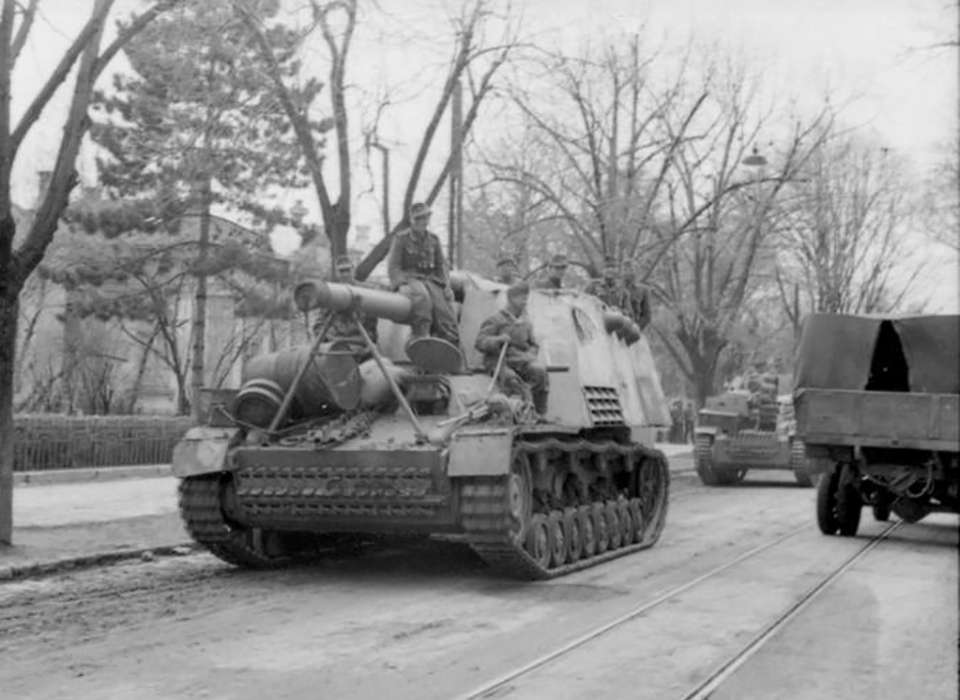
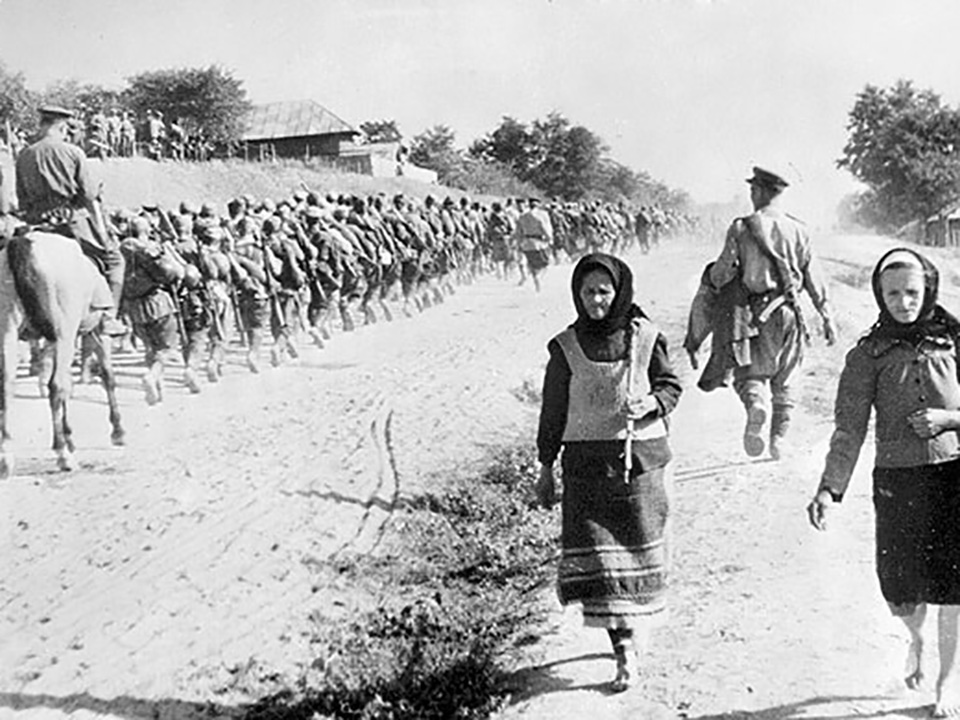
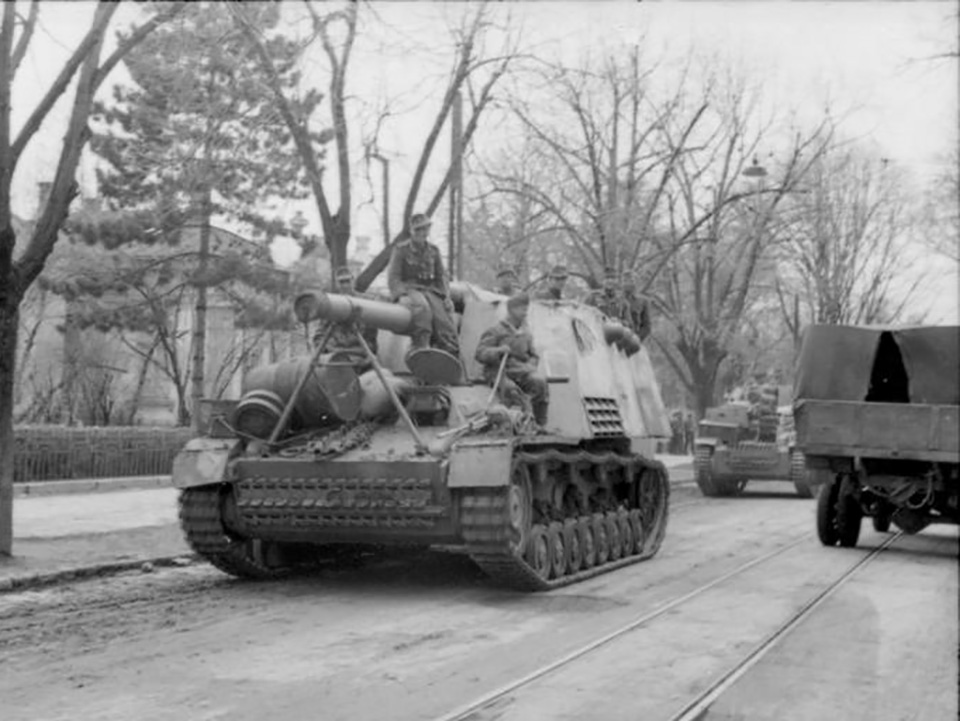
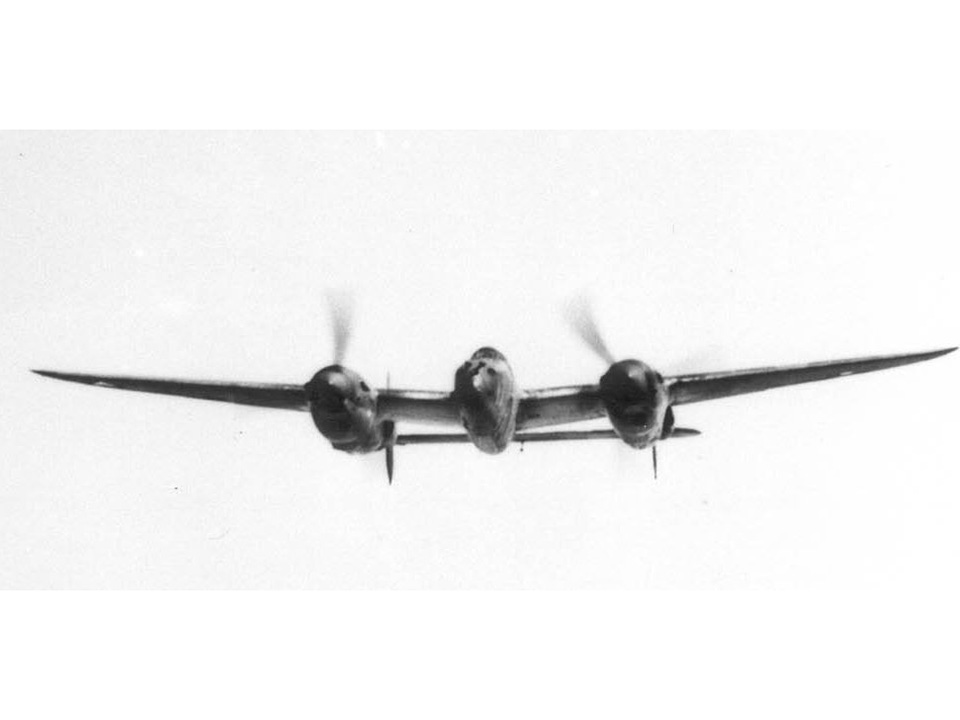
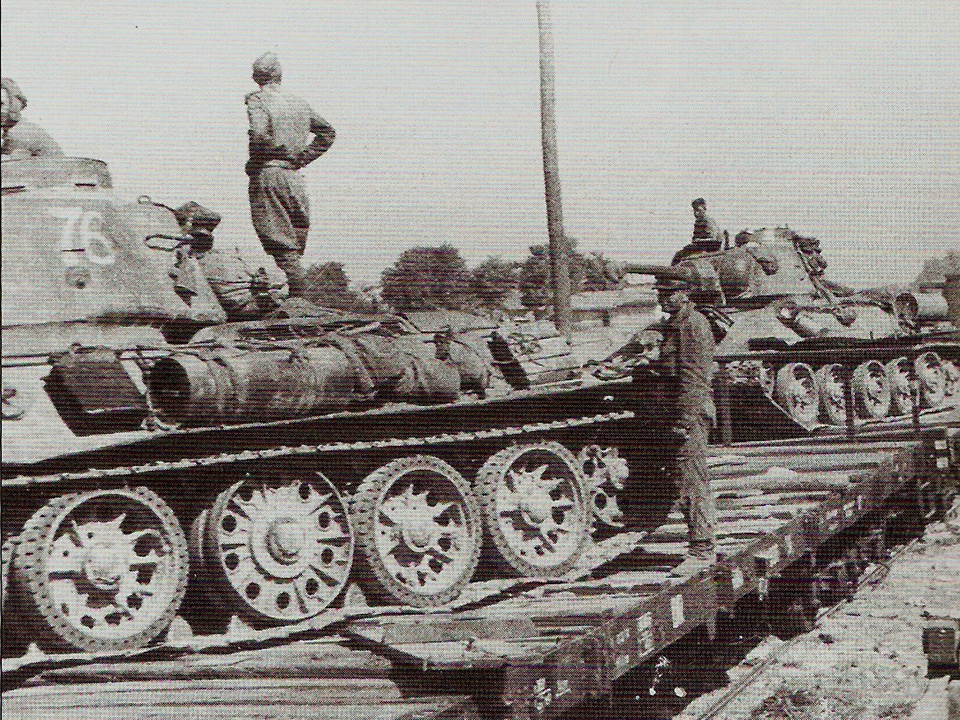
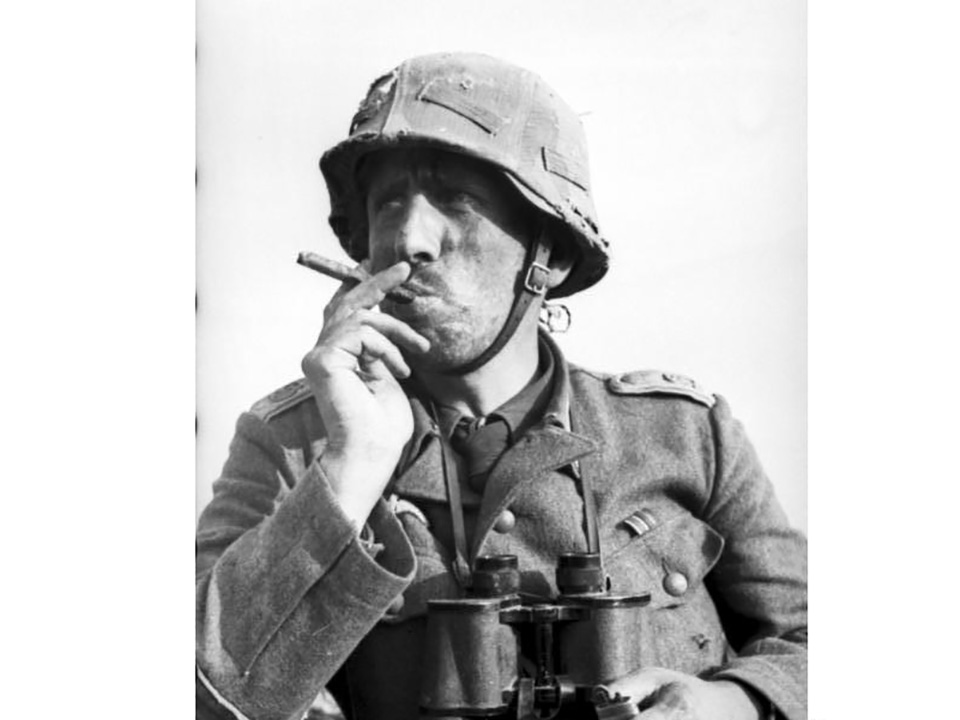

![Max Fuchs, New York City cantor, sings as Rabbi Sydney [sic] Lefkowitz, Richmond, VA, conducts the first Jewish services from Germany.](/sites/default/files/styles/max_650x650/public/2025-10/image1.jpg)






